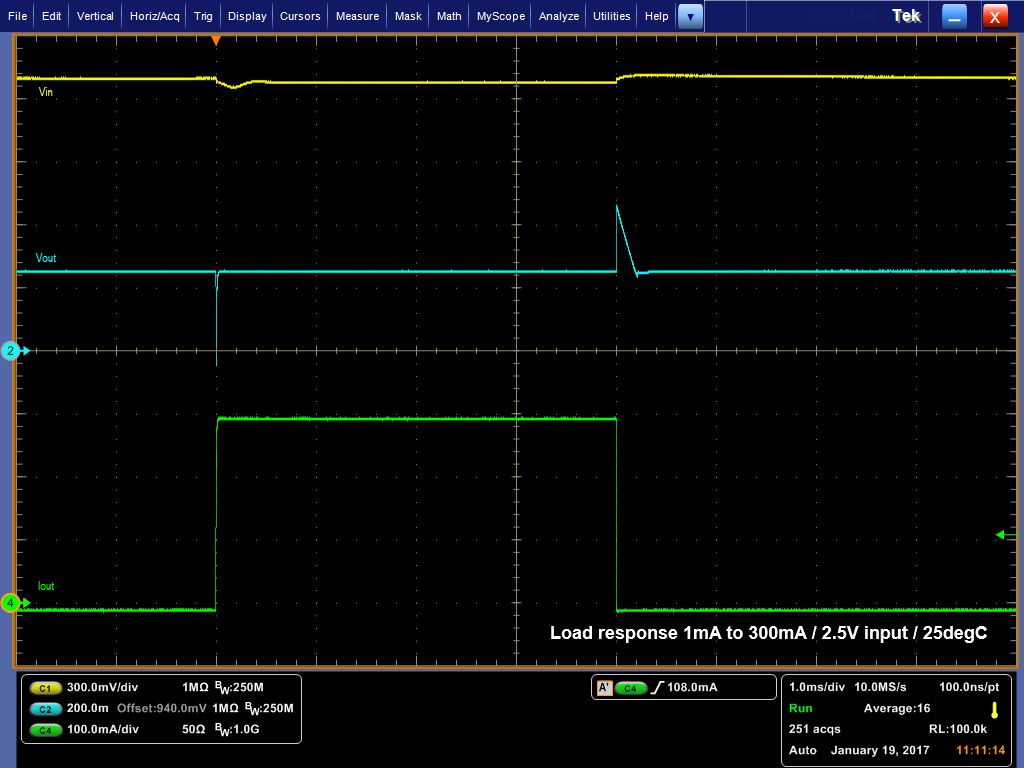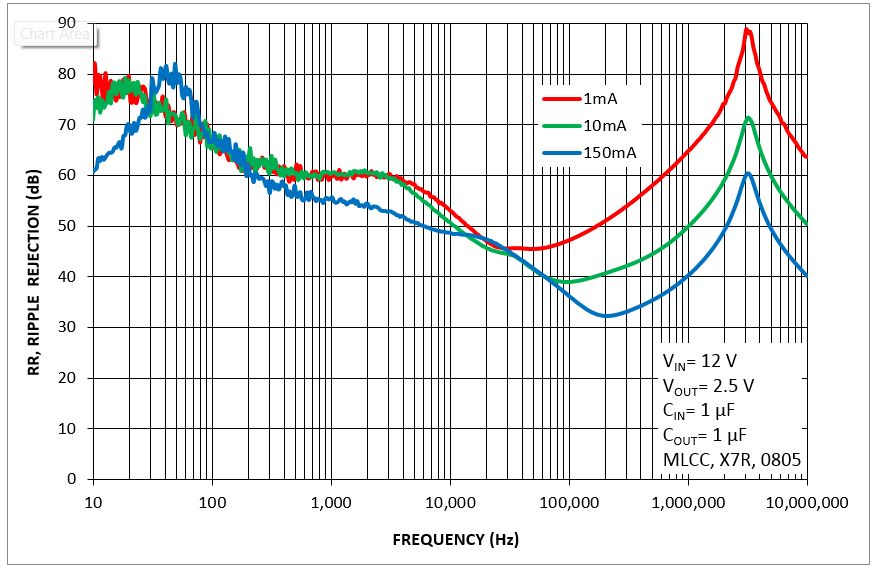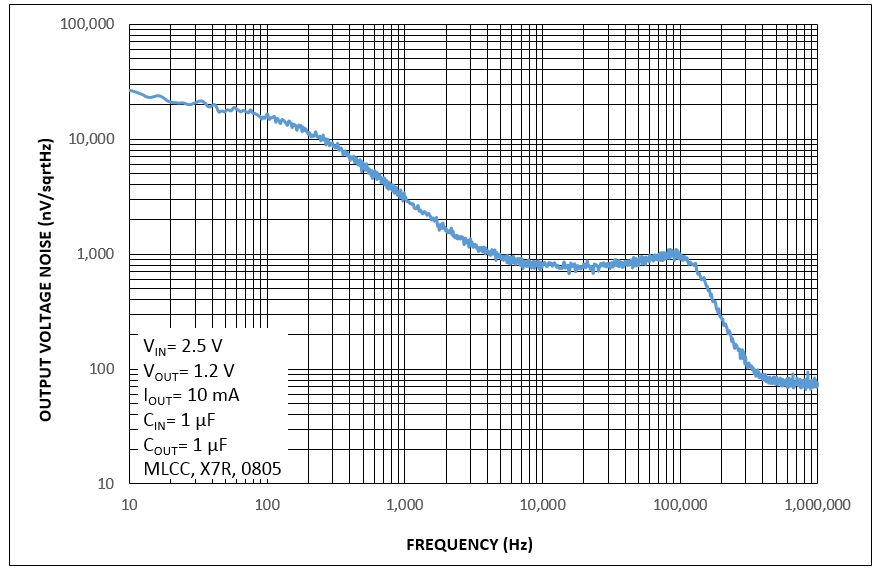Regulators are critical in applications that want to obtain a stable supply voltage from an unstable or variable power supply. Such power supplies include a gradual discharge battery or a rectified AC voltage. Applications that are sensitive to switching noise or residual AC ripple, including RF transceivers, Wi-Fi modules, and optical image sensors, use linear regulators to minimize errors and errors throughout the system. .
Linear regulators that maintain a low dropout voltage between the input and output of a power supply are often referred to as low dropout (LDO) regulators. The basic feature is that it maintains a constant output voltage regardless of changes in output current, input voltage, thermal drift, or operating life (aging). These are ideal conditions, but the situation in the real world is somewhat different. Since the LDO output voltage is not absolutely stable, it mainly affects the following operational functions:
a) Due to the limited control loop speed, rapid changes in load current can cause changes in the output voltage. Sometimes an internal regulation loop cannot react to rapid changes in current (due to time delays), resulting in undershoot/overshoot, typically around tens of millivolts (mV).

b) The rapid change of the input voltage (usually caused by the output voltage ripple of the DC-DC converter) cannot be completely filtered by the control loop, so the change of the input voltage will be reflected to some extent in the output voltage. This parameter is called Power Supply Rejection Ratio (PSRR), and is usually a frequency variable parameter. Some manufacturing labels show a negative PSRR and some are positive. In general, the higher the absolute value of PSRR, the less the transmission interference signal from input to output. Normally, the input voltage that is disturbed is transmitted to the output in units of mV or lower. Similarly, a rapid change in the input voltage (ie, "line transient response") can occur at the LDO output.

c) The semiconductor structure itself generates inherent noise, mainly caused by the collision of free atoms with the crystal structure of the base material. Since intrinsic noise is a physical phenomenon in semiconductors that is related to the principle of current conduction, it can be suppressed by some techniques, but it is impossible to completely remove it. Modern LDOs can output hundreds of microvolts (uV) or less, but the top LDOs produce noise in microvolts (uV).

d) Other effects include a slow change in input voltage and its effect on line regulation, a slow change in load current and its effect on load regulation, thermal conductivity and long-term stability.
In the real world, all these effects and their effects must be considered comprehensively to achieve stability and accuracy of the output voltage. Therefore, it is necessary to carefully consider the above situation may be related to a specific application. For example, for camera applications that require optimal image quality, the LDO's dynamic response to load current changes is paramount. When the noise value is below 100 uVrms and the PSRR value is normal (above 50 dB), the effect on image quality is negligible.
Incremental encoders provide speed, direction and relative position feedback by generating a stream of binary pulses proportional to the rotation of a motor or driven shaft. Lander offers both optical and magnetic incremental encoders in 4 mounting options: shafted with coupling, hollow-shaft, hub-shaft or bearingless. Single channel incremental encoders can measure speed which dual channel or quadrature encoders (AB) can interpret direction based on the phase relationship between the 2 channels. Indexed quadrature encoders (ABZ) are also available for homing location are startup.
Incremental Encoder,6Mm Solid Shaft Encoder,Hollow Rotary Encoder,Elevator Door Encoder
Jilin Lander Intelligent Technology Co., Ltd , https://www.jllandertech.com